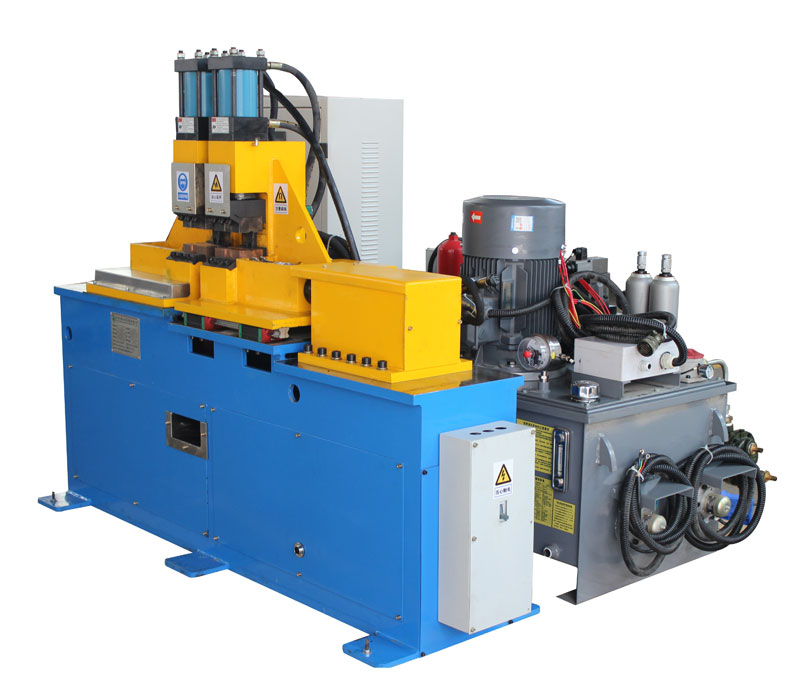In the field of welding, achieving the right balance of welding parameters is crucial to ensure strong and reliable connections. One critical parameter in flash butt welding is the welding current. When the welding current is too low, it can lead to a range of problems and compromises the quality of the weld. In this article, we will explore the various issues that can arise when the current is insufficient in flash butt welding.
- Incomplete Fusion: Insufficient welding current can result in incomplete fusion between the two pieces of metal being joined. This means that the metals may not fully melt and bond together, leading to weak and unreliable welds. Incomplete fusion is a common issue when the current is too low, as the heat generated is inadequate to create a proper molten pool.
- Poor Penetration: Proper penetration is vital to ensure the strength and integrity of the weld. When the welding current is insufficient, the weld may lack the necessary depth, resulting in poor penetration. This can weaken the joint, making it susceptible to failure under stress or pressure.
- Porosity: Low welding current can cause the formation of gas pockets within the weld, leading to porosity. These gas pockets can compromise the structural integrity of the joint and make it more susceptible to corrosion. The presence of porosity in a weld is often an indication of poor welding quality.
- Weak Mechanical Properties: Adequate welding current is essential to obtain the desired mechanical properties in the weld, such as tensile strength and ductility. When the current is too low, the resulting weld may exhibit reduced strength and toughness, making it unsuitable for applications where high mechanical performance is required.
- Increased Risk of Cracking: Insufficient current can also increase the risk of cracking in the weld and the surrounding heat-affected zone. Cracks can propagate through the weld and compromise the structural integrity of the entire component. This is a severe issue that can lead to product failure and safety concerns.
- Unreliable Welds: Ultimately, when the welding current is too low, it can result in unreliable welds that may not meet industry standards or requirements. These subpar welds can lead to costly rework, repairs, or even the scrapping of the welded components.
In conclusion, the welding current is a critical parameter in flash butt welding, and its inadequacy can lead to a range of problems. To ensure high-quality welds and strong, reliable connections, it is essential to set the welding current at the appropriate level, taking into account the material, thickness, and other factors involved in the welding process. Adequate training and monitoring are crucial to prevent the issues discussed above and to maintain the integrity of welded components.
Post time: Oct-30-2023



